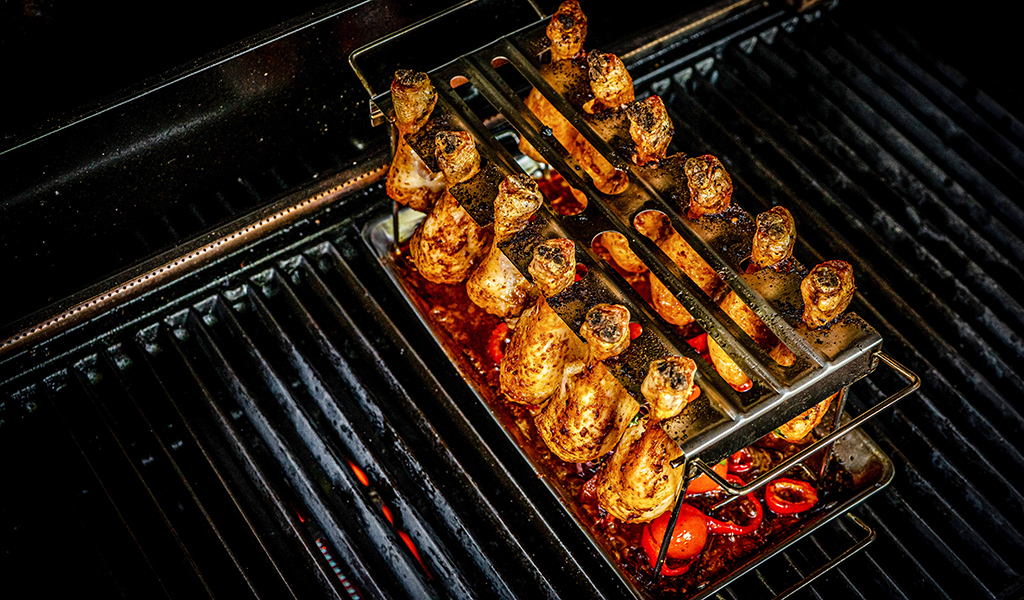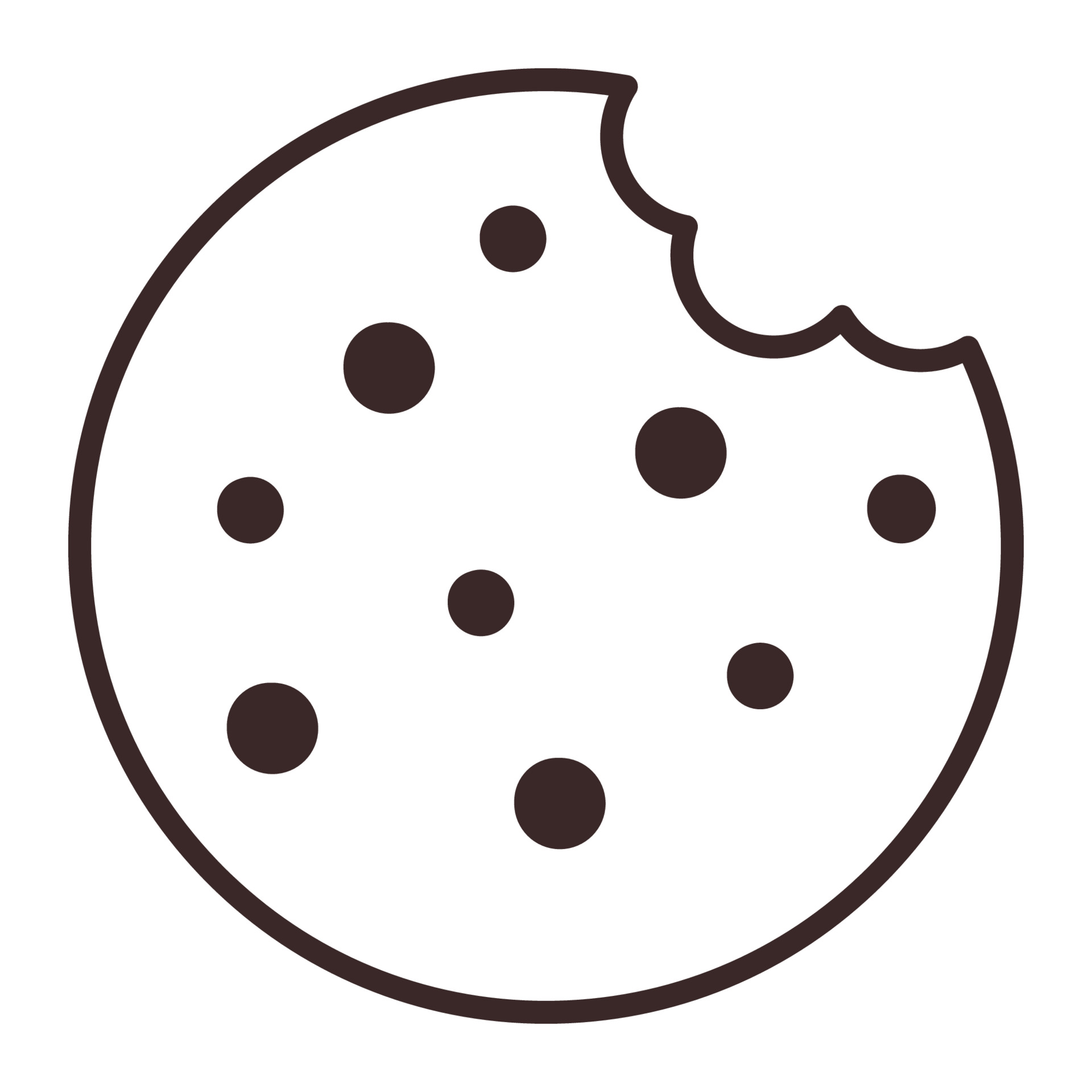
In a previous blog, we talked about direct grilling, which we typically think of when grilling things like steaks, burgers, and pork chops. But there’s another type of cooking that we frequently use, even if we don’t realize it. This is indirect grilling, and at its core, this cooking style occurs when we’re cooking food without an intense heat source directly below. Instead of relying on the direct heat from your burners, indirect grilling uses radiating or convective heat to roast your meal. Indirect grilling usually happens in the mid-temperature range and is often referred to as roasting or baking. When you hear indirect grilling, picture larger, slow-roasted items like prime rib, whole chicken, a turkey, cedar-planked salmon, or a leg of lamb.
When we’re cooking things like burgers or steaks, we’re typically only leaving them for a few minutes on each side to cook, which is why we use direct grilling techniques to get that intense heat to sear. But when we’re cooking food for hours, having that heat source directly below our food will end up charring the bottom and ruining our meal. Instead, we need to grill our food like we bake it in a kitchen oven. We want convective heat that circles around the interior of the cook box to cook our food slowly and evenly. In your mind we want you to picture a perfectly golden brown rotisserie chicken.
Now, there are many ways to utilize indirect grilling, whether you only turn on a single side of the grill and keep your food on the opposite side or move it up to the warming rack, you’re indirect grilling. The important part is that you’re allowing a greater distance between your food and the heat source to avoid burning your food when it needs to be left to cook for an extended period of time.
How to Grill Indirectly
- Take your time, indirect grilling isn’t a race.
- Clean your grill properly by burning up leftover food residue. Use a grill brush to remove the charred debris so that it doesn’t stick to your fresh food.
- Preheat the grill to your target roasting temperature by setting all or some burners to a lower temperatures.
- Some burners can be left off while others are on.

- Use a drip pan to catch falling juices or fill with flavoured liquid and aromatics for added eye candy and aroma. Set the drip pan directly on the Flav-R-Waves.
- Place your food items on the grill. Close the lid and let it cook.
- Check periodically to monitor the internal temperature and external doneness. Roasted items should be golden brown and cooked perfectly inside.

Temperature Control
There are lots of ways to regulate temperature when grilling indirectly. Try any of the combinations below for similar results. You can also utilize the warming rack to.





You can also utilize your warming rack for indirect grilling. Placing items up here helps to create distance between the burners and your food, allowing the convective heat to slowly cook your meal.

The Maillard Reaction
The browned surfaces on our food are created by radiant heat and a process called the Maillard reaction. The Maillard reaction is arguably the most critical chemical reaction that takes place while grilling. This is where your complex flavours develop. Grilled vapor sticks to the wet surface, and as the Maillard reaction occurs, new flavor compounds are created. When amino acids and sugars react at temperatures over 280˚F (140˚C), they produce a golden-brown appearance and unique flavor. From bread to meat, nearly everything that browns undergoes this process, and the flavors vary substantially as hundreds of flavor compounds are created. Simply put, The Maillard Reaction creates flavor.

